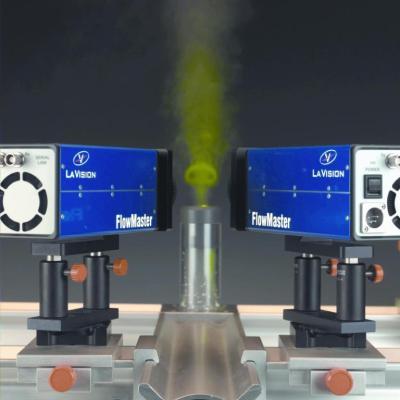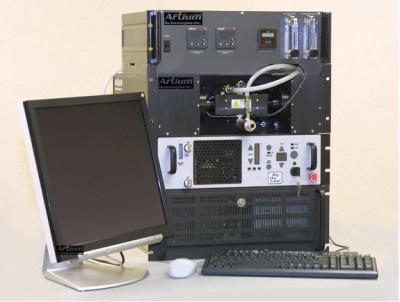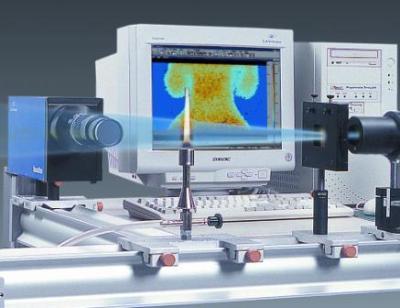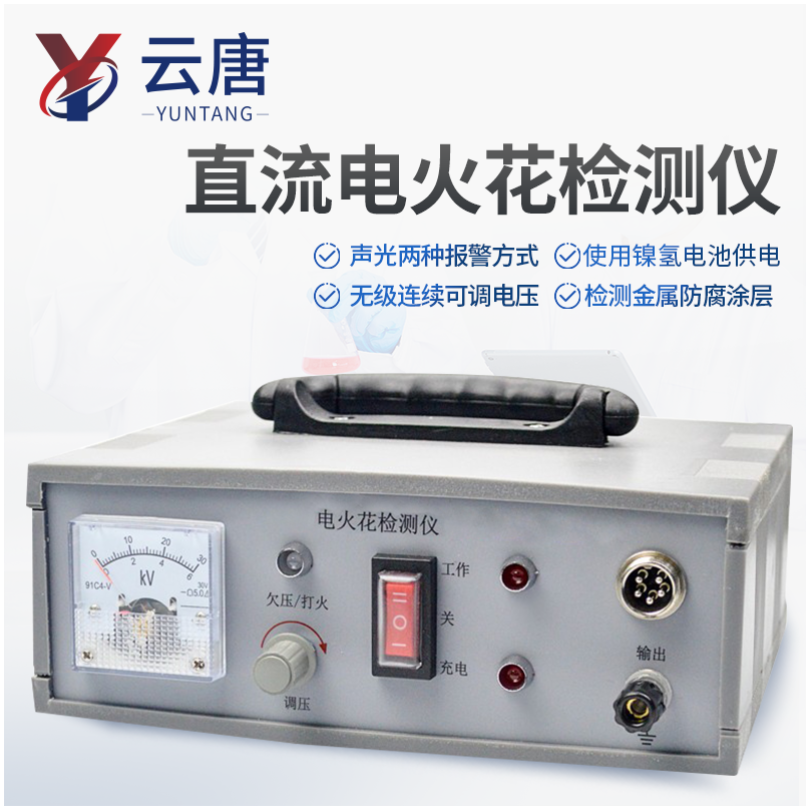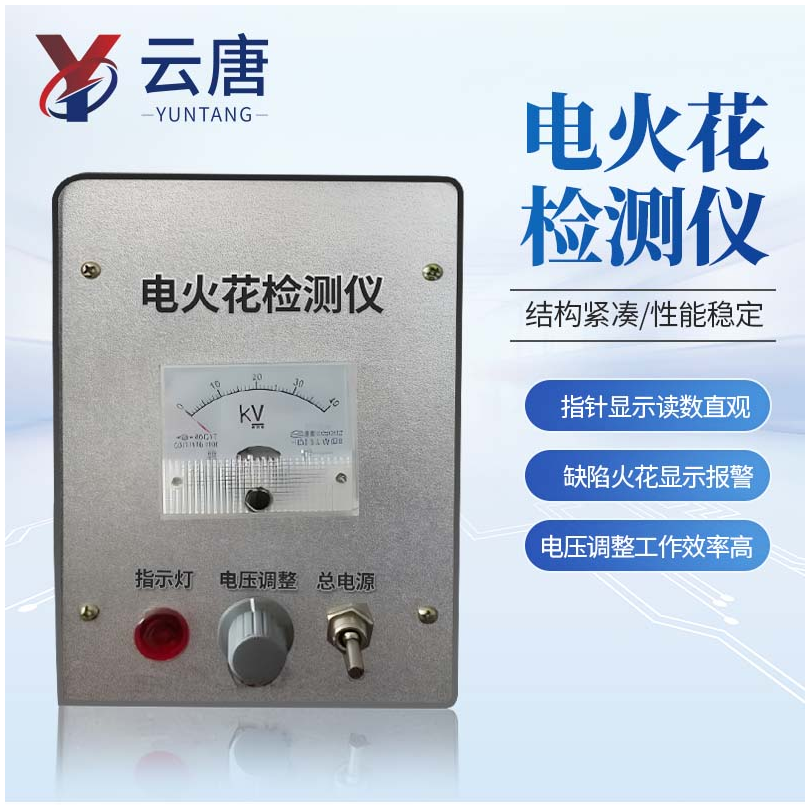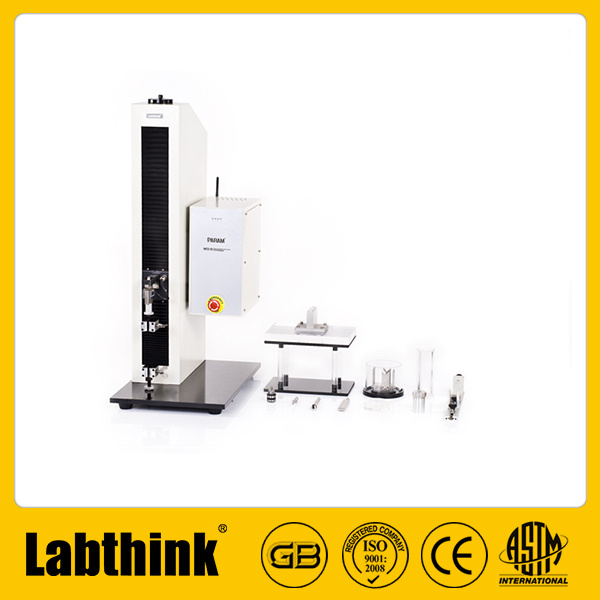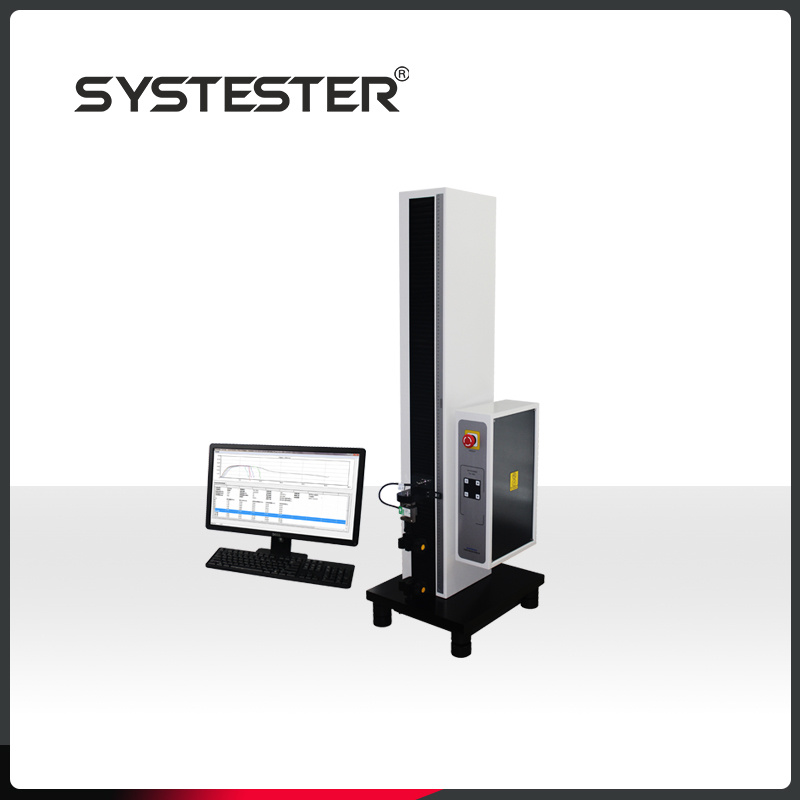直喷式火花塞点火透明发动机中氮氧化物形成过程的激光光谱学研究
Growing environmental concerns, such as global warming due to the emission of thegreenhouse gas CO2 by automotive power plants, lead to the need for cleaner and fuelsaving combustion systems. Direct injection combustion systems applied to the sparkignited engine might be a way to improve the efficiency particularly by reducingpumping and heat losses during part load while maintaining the advantages of high powerdensity and engine speeds during high loads [Zhao, Lai et al., 1999]. Initially, wallguided combustion systems were pursued, but high hydrocarbon and soot emissions ledto the investigation of spray guided systems. Here a higher degree of stratification ispossible, which yields improved emissions [Drake, Fansler et al., 2004 Honda,Kawamoto et al., 2004]. Nonetheless, due to high oxygen availability and locally richmixture, the nitric oxide formation is comparably high. This is detrimental as the widelyemployed exhaust aftertreatment by a three way catalytic converter is inefficient foroverall lean mixtures. NO storage catalytic converters are widely employed, but requirerich exhaust gas to reduce the stored NO. This is generated by operating the enginehomogeneous-rich for a brief period of time, which of course comes with a fuelconsumption penalty [Tamura, Kikuchi et al., 2001 Krebs, Pott et al., 2002]. A reductionof in-cylinder nitric oxide is desirable to minimize the number of regeneration cycles.Hence the understanding of in-cylinder NO formation is important, so that the necessaryscientific background for improvement of the combustion system is provided. Anassessment of the NO formation process inside the engine exclusively by drawingconclusions from engine out emissions is difficult, because of the highly inhomogeneousnature of the stratified charge combustion process. Also, due to high cyclic variabilitycycle resolved measurements are desirable, which conventional emissions analyzers arenot capable of.

